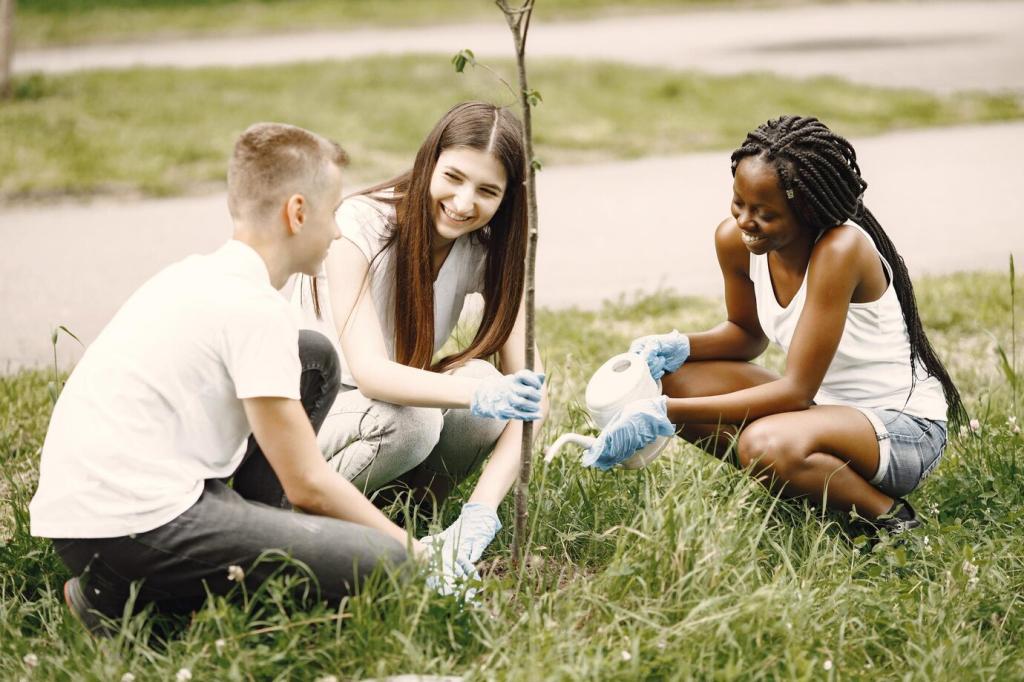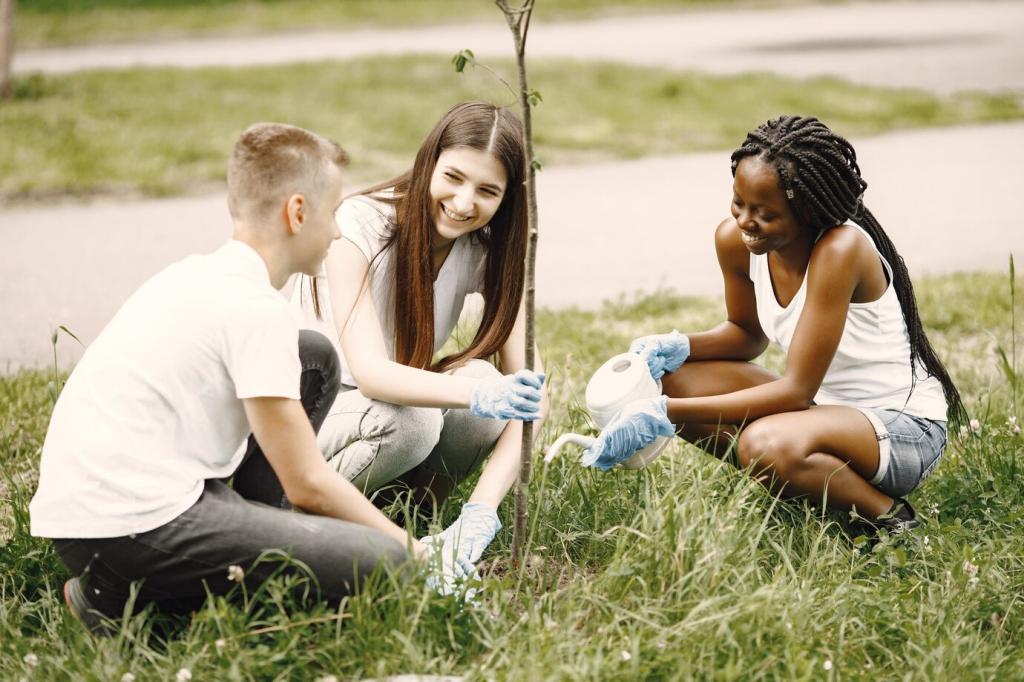Building a Mindfulness Habit That Sticks
Begin with sixty seconds of mindful breathing after you brush your teeth. Small wins wire confidence and consistency, allowing duration to expand organically. Post your tiny start time, and check back tomorrow to celebrate your streak.
Building a Mindfulness Habit That Sticks
Tie practice to existing routines: commute, coffee, or calendar alerts. Stable cues trigger automatic initiation. Add a two-word cue like “soften shoulders” to your task list, and invite a colleague to adopt the same reminder today.
Building a Mindfulness Habit That Sticks
Close each session by labeling one benefit you felt—clarity, ease, patience. This immediate reward teaches your brain that practice matters. Share your favorite micro-reward to inspire others building mindful momentum toward personal growth.









